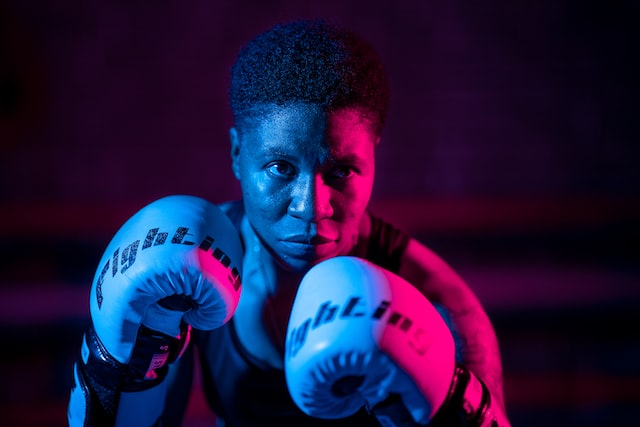Like any sport, there are a series of specific techniques or movements that must be mastered by those who practice the discipline. In the case of boxing, this is no exception. Well, there are various types of boxing blows which are described within the chair of said martial art. In this post, we will comment on most of these strokes and describe how they are executed. In favor of offering the necessary information for those interested in the subject.

The best known boxing punches.
We insist that the boxing blows that will be described here are the most basic within the discipline. See those that every professional boxer should know and master.
Those of straight trajectory.
Let’s start by discussing strokes that take a straight path for execution. Among them we can get two, the Jab and the Direct:
- This is a boxing punch that involves delivering a straight punch from a front or side torso position. It is the most frequented blow in a fight since it is mainly used to keep distances from the opponent or mislead. This punch is usually executed with the boxer’s left or “weak” hand. However, that does not mean that a Jab cannot be powerful, as there are cases where the boxer is capable of landing a powerful jab. Such is the case with Wladimir Klitschko.
- Direct or direct hit. The direct becomes the enhanced version of the Jab, in execution it is exactly the same. However, it differs because it is performed with the boxer’s right or dominant hand. What triggers it to be a powerful boxing punch. If you are not careful enough, a direct hit is capable of knocking out the opponent, or at least leaving him stunned.
Boxing punches with curved path.
Regarding the repertoire of curved type boxing blows. We can find a considerable variety, being 4 in total (Crochet, Hook, Swing and Uppercut). Well, contrary to what many believe, the most lethal blows in boxing are not made with the full extension of the arm. However, let’s start with “the least lethal”…
- The hook is a boxing punch much like the uppercut in behavior. More is characterized by being executed with the intention of hitting the opponent’s sides. See those unprotected organs or soft areas on the sides. It is a short or medium distance movement, with the hand facing upwards to ensure its effectiveness.
- The swing is considered to be the longest version of the crochet. And it is distinguished by having more swing than that last one. When swinging, try to hit with your knuckles, keeping your arm steady. Otherwise the movement could cause injury.
The most powerful curved punches.
We have decided to save the best for last, these being the most powerful punches that can be done in professional boxing. Or at least that is how most experts in the discipline perceive it. Not to mention that they have been the protagonists of many KO’s in the history of boxing.
- Crochet, cross or right. If a crochet is executed correctly and connects to the correct points, it is a guaranteed KO. This lethal boxing blow is executed by raising the right arm to a side with the arm placed in L (Or well collected). To then execute the punch in a synchronized movement of the arm, torso, hips and shoulders. It is evidently done with the boxer’s dominant hand and his targets must be the jaw or the hundred.
- Uppercut or hook. If we talk about withering blows in boxing, the uppercut takes the gold medal. The execution of this movement is relatively simple, although it is usually very inopportune during the fight. In itself, it consists of making an upward punch that seeks to hit the opponent’s chin. It is further enhanced by bending the knees and then extending them. That generates a greater impulse and, that when connecting successfully. It is capable of incapacitating your opponent.
Those are the most elementary or basic boxing blows that every professional or amateur boxer should know and know how to execute. It should be clarified that everything described here is only the boxing blows, but not the techniques. Technique should not be confused with hitting.

